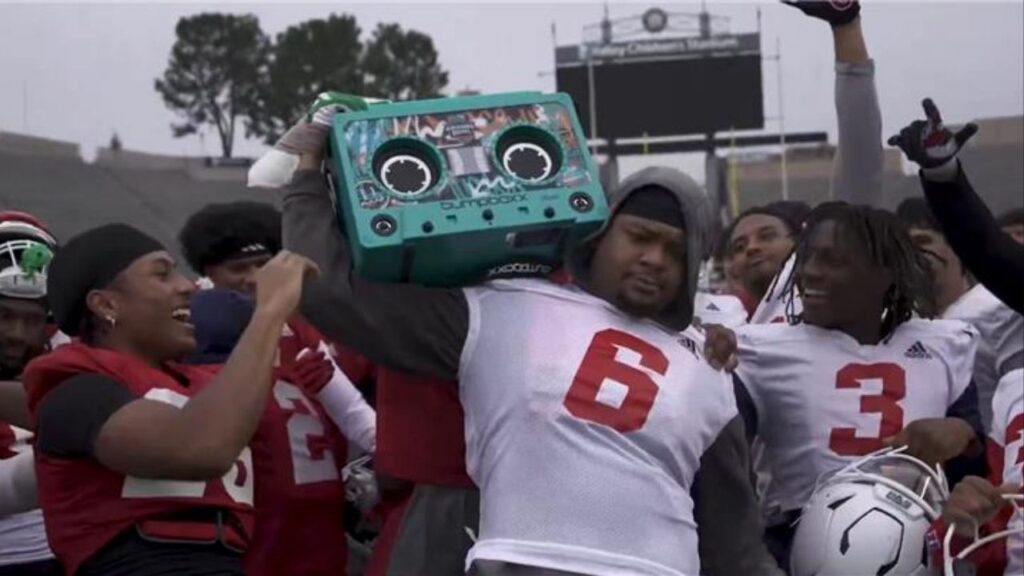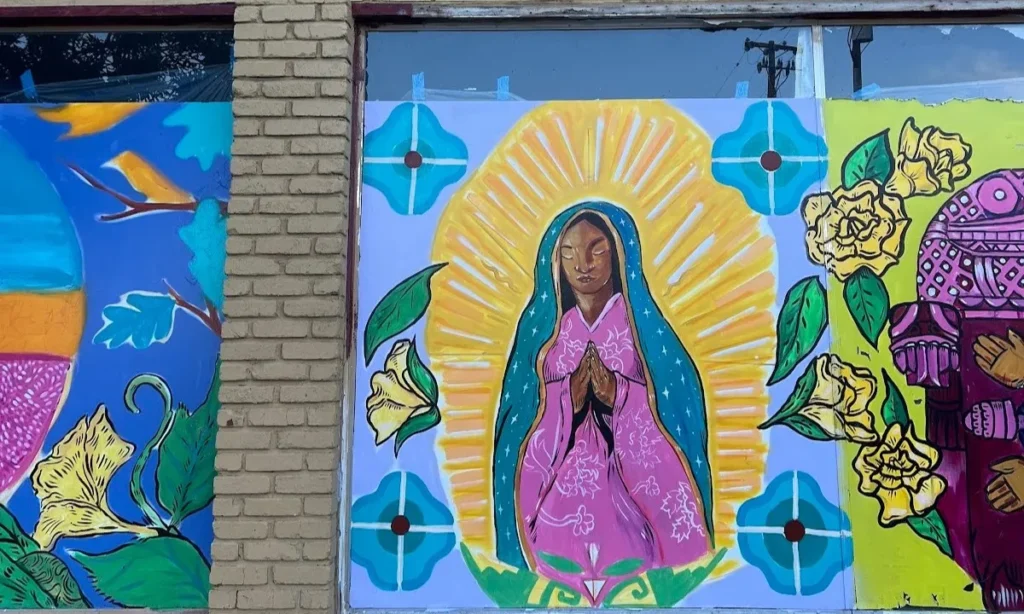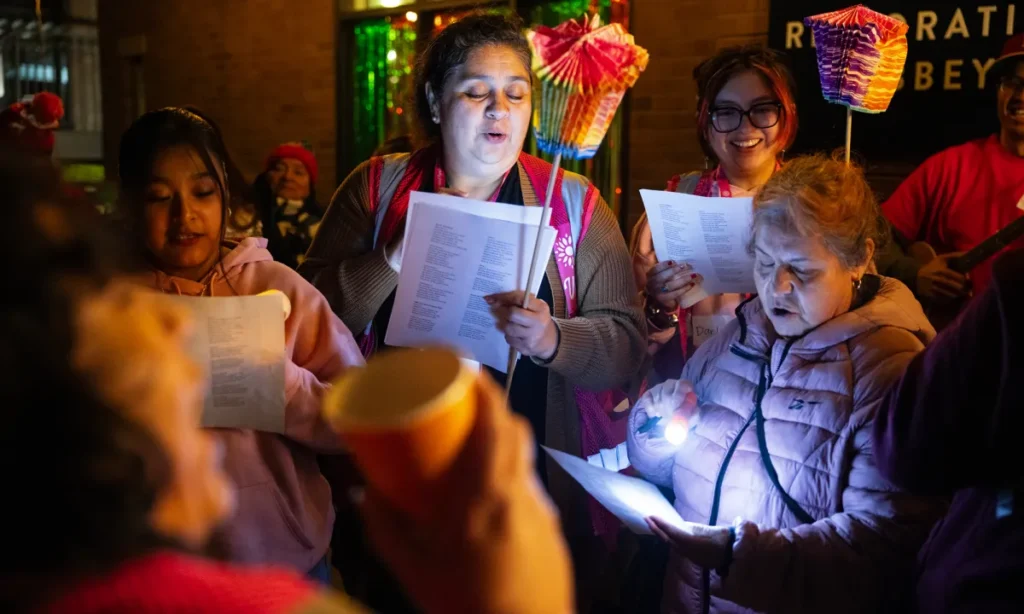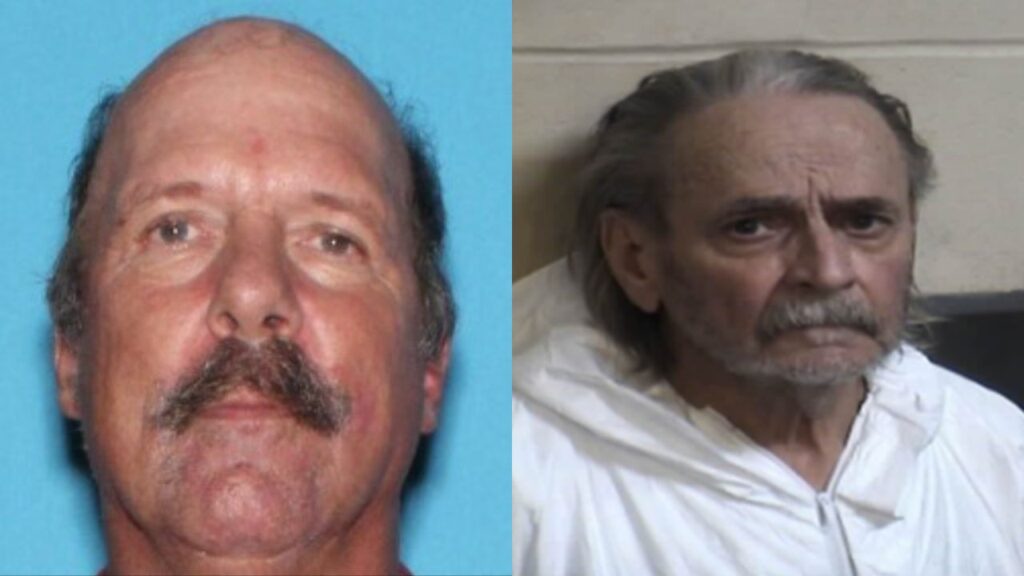Share
Ways to fund the reduction of class sizes, the best way to approach student discipline and how to ensure everyone in school feels safe were a few of the questions that Fresno Unified Area 1 candidates Keshia Thomas and Robert Fuentes answered Monday evening at GV Wire’s Candidate Forum.
GV Wire Operations Manager Randy Reed moderated the 40-minute forum at CMAC’s downtown studio on Van Ness Avenue.
Thomas, an educator and businesswoman, and Fuentes, a civil rights attorney, are vying to succeed Lindsay Cal Johnson, who decided not to run again after representing the Edison community for 12 years.
The Issues
Reducing Class Sizes
High teacher to student ratios in classrooms is an often-cited concern, with research showing that it can hinder learning especially in early grades.
When asked whether a district-wide parcel tax should be considered to fund class size reduction efforts, Thomas didn’t hesitate.
“Absolutely it should be considered on the board,” Thomas said.
In her days as a teacher at Cooper Middle School, Thomas said, having smaller classrooms enabled her to conduct small group activities and tutor her students much more effectively than when she had larger class sizes.
“Small classrooms makes it easier for teachers to move students who are high performing and work with those who need more guidance,” Thomas said. “My No. 1 pet peeve is that I can’t teach if I have too many kids in one classroom.”
Differing Ideas for Funding
Although Fuentes agreed that smaller class sizes are more conducive to learning, the two candidates differed in how to make such an idea a reality.
Thomas, on the other hand, believed that finding a grant and changing the way district funding is being allocated are better alternatives.
Approaches to Student Discipline
While each candidate agreed that the district needs to change the way it disciplines students, they provided two different ways of accomplishing that.
Fuentes said the district needs to pursue more intervention with at-risk students with behavioral problems before moving to actions such as suspendion or expulsion from school.
“We need to worry about placing students on a path too quick that they can’t come back from,” Fuentes said.
Fuentes said that hiring more school counselors, psychologists, and nurses, and partnering more with community health clinics and community-based organizations are vital tools.
“All students and teachers need to feel safe because if teachers don’t feel safe they can’t teach students and if students don’t feel safe then they can’t learn,” Fuentes said.
Thomas said that Fresno Unified’s restorative justice program is the best alternative to suspending or expelling students from school when they engage in disruptive behaviors.
“With the restorative justice program, if I have a problem with a student, I send them outside and have a conversation with them,” Thomas said. “I am not sending them outside for the day because they are losing educational minutes they can’t get back.”
Thomas said she also is supportive of talking to the parents of students acting up in class to find out what’s going on in their home life.
“I call home because if I know what’s going on at home, I know how to better help them,” Thomas said.
Student Safety and Security
With the rise in school shootings in the past decade, ensuring that students, teachers, and staff are safe is a challenge faced by districts nationwide.
In addition to early intervention with at-risk youth, Fuentes said, consulting with teachers and school site administrators and getting their perspective on what could be improved is the way to go.
“I would consult with them to see what more we need to do,” Fuentes said.
Thomas said increasing awareness on campus is the best way to improve student safety.
“We need to be aware of everything that goes on in schools and make sure students are healthy and that there are proper services for them to go to for their health,” Thomas said. “If you are healthy, everything else falls in order.”


















